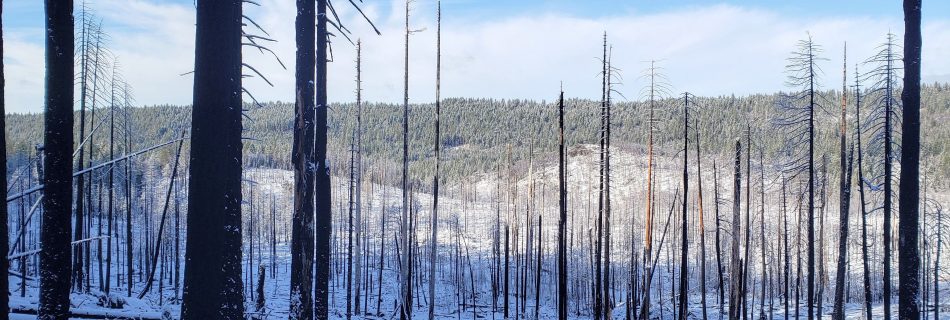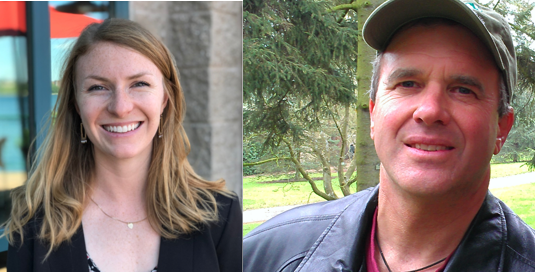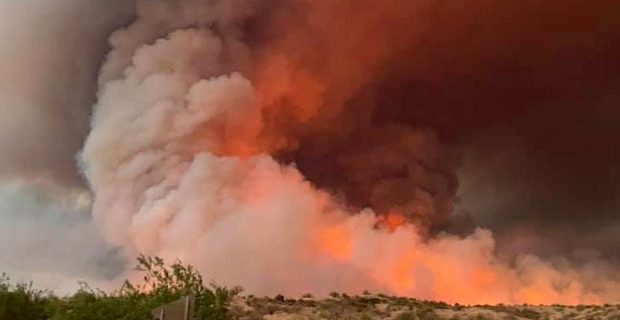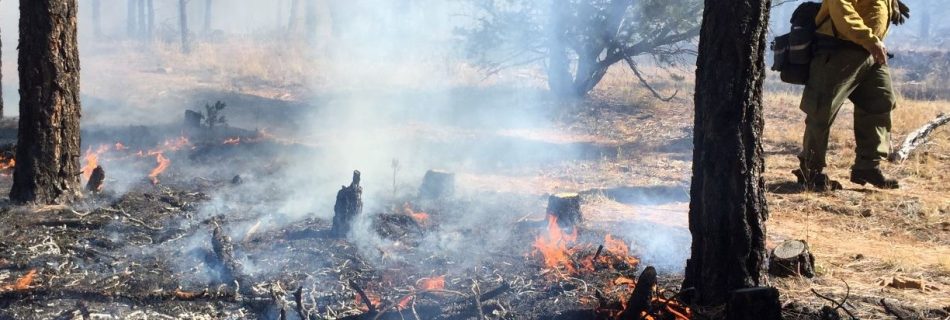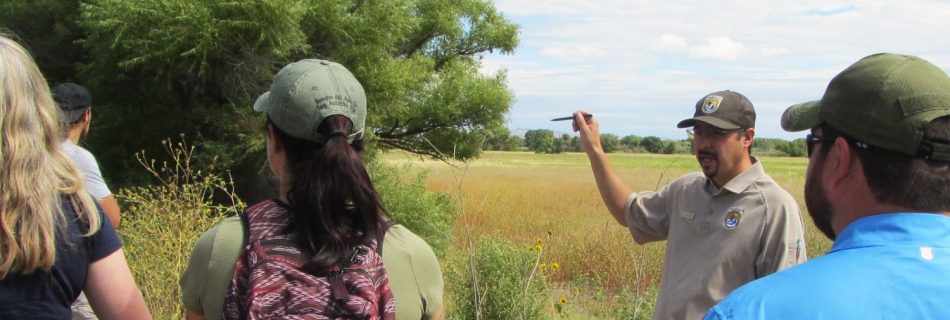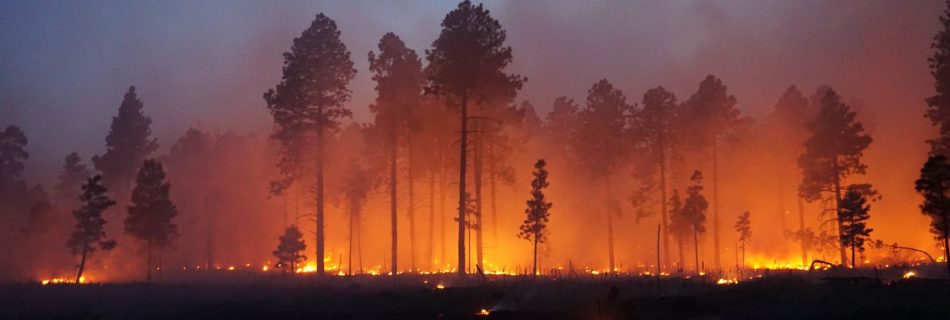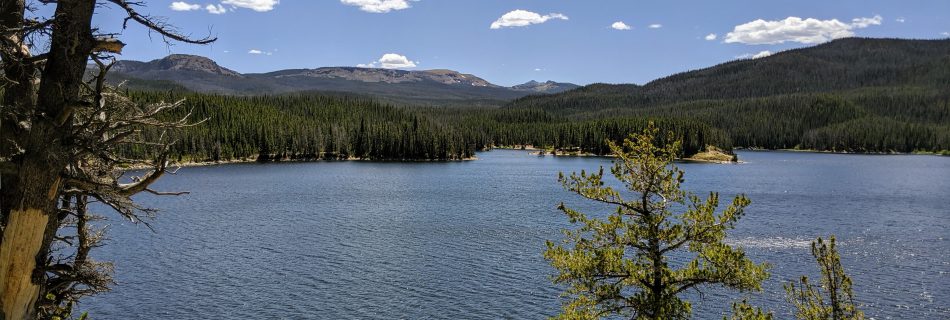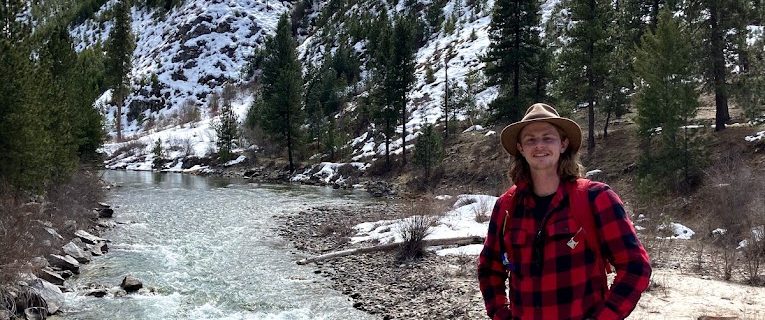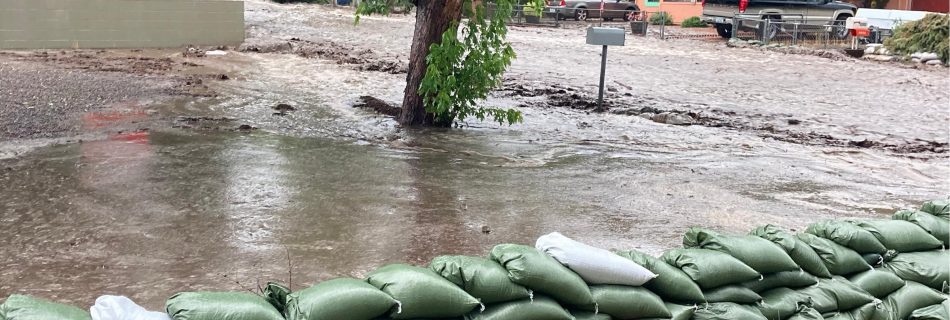Post-Fire Logging
Presenter: Camille Stevens-Rumann, Assistant Professor of Forest and Rangeland Stewardship at Colorado State University Date: August 31, 2022 at 12:00pm AZ / 1:00pm MDT Following a wildfire, successful tree regeneration is mediated by multiple factors, from the microsite to landscape scale. This presentation demonstrates the importance of microsite conditions such as soil moisture and temperature …
